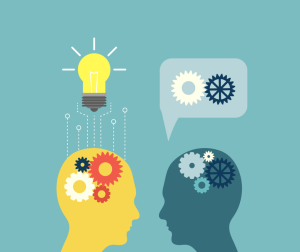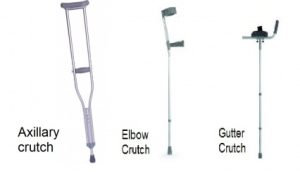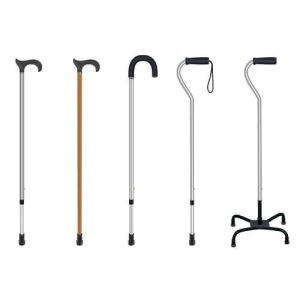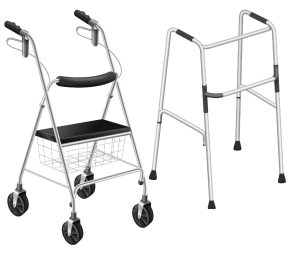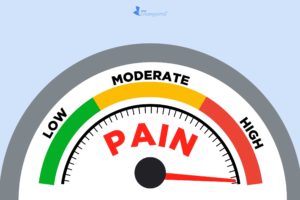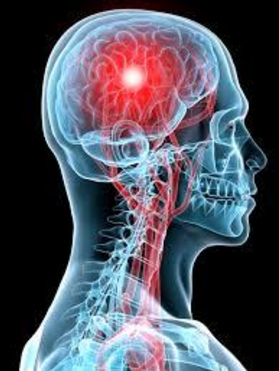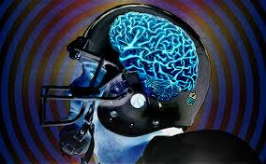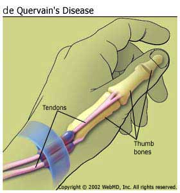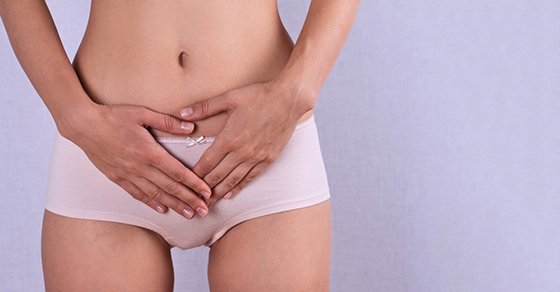Beyond the Physical: How Physiotherapy Affects Mental Well-Being
When people are asked to imagine physiotherapy, they think of physical rehabilitation involving exercises, stretches, and manual therapy. While these are undoubtedly the defining aspects, engaging in physiotherapy can also lead to benefits in your psychological well-being and overall quality of life, leaving you feeling better both mentally and physically. In this blog, we will cover the lesser-known benefits of physiotherapy on your mental health.
1. Increased Self-confidence and empowerment
In physiotherapy, we aim to give patients the tools and knowledge to manage their injury or condition. Living with an impairment can have negative effects on one’s self-esteem, but progressing through rehabilitation and achieving milestones is an empowering journey. The ability to witness yourself making improvements and regaining your function and abilities is a huge boost to confidence and can lead to improvements in mental well-being.
2. Mindfulness and the mind body awareness
Physiotherapy encourages patients to connect with their bodies and understand the changes happening to it. Through exercises, individuals develop increased awareness of how their bodies feel and how to move their bodies. This awareness is a type of mindfulness, which means being present and acknowledging sensations, thoughts, and feelings. The benefits of practicing mindfulness can extend beyond each physiotherapy session, and reduce improve your mental resilience.
3. Physiotherapy to help Manage Pain
Pain, especially if chronic, can have incredibly negative effects on our mental health. In fact, chronic pain and disability is highly associated with an increased risk of anxiety and mood disorders. Physiotherapy uses techniques such as therapeutic exercise, manual therapy, and other modalities to alleviate pain. Thus, through physiotherapy’s effect on pain relief and management and restoration of function it can help individuals achieve a greater quality of life and improved mental health.
4. Management of and decreased stress
Physiotherapy techniques can release tension and encourage relaxation and the development of a personalized exercise program can lead to many benefits. Physical activity is known to be an effective stress reliever, and engaging in a regular program can create beneficial effects such as triggering the production of endorphins and providing a mood boost. Physiotherapists may also incorporate breathing techniques, meditation and mindfulness, and relaxation training into the program to further enhance stress management.
5. Physiotherapy improves cognitive functioning
Research has shown a link positive link between exercise and cognitive function such as attention, memory, and more. Thus, regular participation in physical therapy which includes a consistent exercise program can improve the brain’s abilities and lead to a positive impact on mental health and well-being.
Need some help?
In conclusion, the connection between the mind and body is a real and powerful tool to take advantage of during physiotherapy to create improvements in mental health, self-esteem, stress and pain management, and more. Physiotherapy aims to contribute to holistic healing and can impact multiple aspects of an individual’s life in an effort to create the best health outcomes possible.
If you are experiencing stress, pain or dysfunction from an injury or condition, rest assured that there is help book. We have many experienced Registered Physiotherapists at PhysioNow who would love to help you out. Book with us at PhysioNow today for your initial assessment and treatment.



